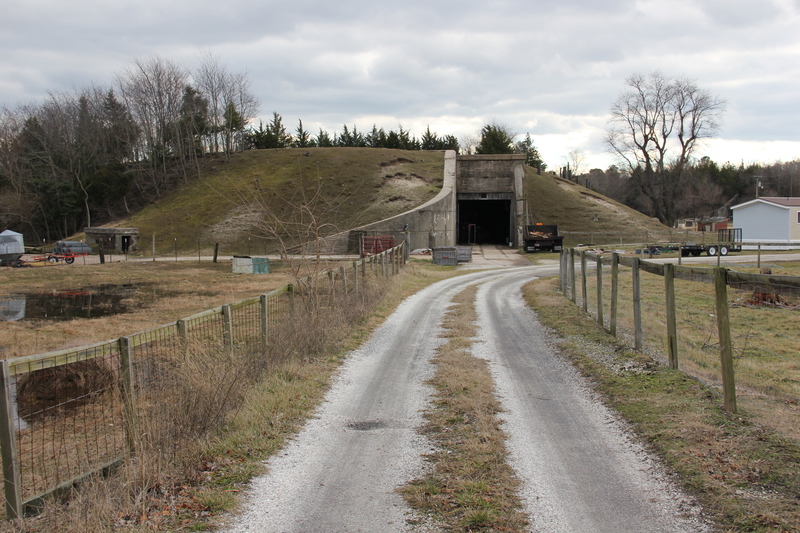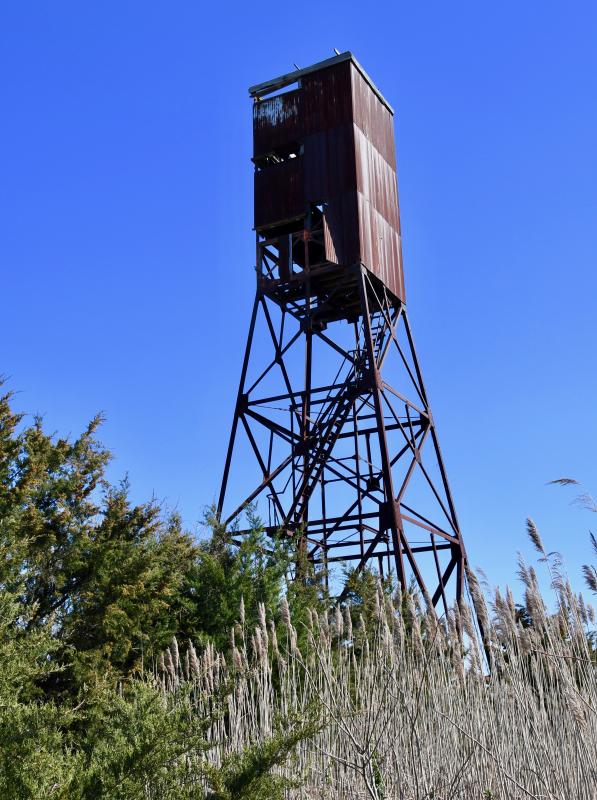Sussex County’s little-known connections to World War II
Sussex County history fascinates me. As I learn more, it's apparent that a significant time period of county history does not get the proper attention it should.
While World War II raged in Europe and the Pacific in the early 1940s, there was a lot taking place on the home front in Sussex County.
Much has been written about the vital role Fort Miles near Lewes played in protecting the coast, but there are other not-so-well-known bits of World War II history in Sussex County.
Not only was the county home to the most fortified military base on the East Coast, but it also had several German prisoner of war camps. And brave Civil Air Patrol pilots flying out of Rehoboth Beach patrolled the ocean waters looking for German submarines.
POWS in Sussex County
It's hard to believe that German and Italian prisoners of war were housed in camps throughout the county during the war years.
While there is not much on record about POWs in Sussex County, there is no doubt that thousands were dispersed from Fort DuPont in Delaware City to camps all over the state, including Lewes, Fort Miles, Bethany Beach, Bridgeville and Georgetown.
Fort DuPont was the state's clearing station for POWs, and as many as 3,000 stayed at the fort from June 1942 to June 1946. The crew of the German U-858 submarine that surrendered off the coast of Lewes at Fort Miles was shipped to Fort DuPont.
Fort Saulsbury in Slaughter Beach served as camp for about 1,000 German POWs and a small number of Italian POWs. Prisoners did all sorts of work throughout the state; they even helped construct and repair portions of the Rehoboth Beach Boardwalk. They worked in canneries, lumber mills, poultry processing plants and on Sussex farms. Their work was vital to keep the county's economy going when there was a shortage of male workers.
There is not much evidence existing on the POWs’ work in Sussex County. However, in the middle of the T.S. Smith & Sons apple and peach orchards in Bridgeville stands a two-story chicken house built by POWs in 1944. The house is complete with a small cottage built on top for the caretakers.
Civilian pilots on patrol
An air war took place over the Atlantic Ocean off the coast of Sussex County.
The former Rehoboth Beach airfield served as Civil Air Patrol Coastal Patrol Base 2. As many as 70 men and women civilians staffed the base, flying patrols over the ocean looking for German submarines. It was one of 21 CAP bases along the East Coast.
Flying out of where Airport Road is today, local pilots – in planes retrofitted with bombing racks – were in the thick of it, flying missions looking for German U-boats from Feb. 26, 1942, to Sept. 28, 1943. Base 2 flew the very first mission, made the first sub sighting and was home to the first two civilians ever awarded the Air Medal.
Author and historian Roger Thiel has written a great book about the history of CAP in World War II.
The only reminder of the Rehoboth airfield – which closed in 1987 – is a state historical marker placed along Airport Road in 2006.
In early spring 1942, German subs sank a reported 25 ships along the East Coast, and that number increased to 52 in May alone. But as Civil Air Patrol pilots took to the skies, sinkings fell to 35 in June. By the time all 21 bases were in operation, there were almost no sinkings; only three were reported in 1943.
There was a definite connection between Fort Miles and the CAP. While the fort's 34 guns protected Delaware Bay from a sea attack, the volunteer flyers were searching for subs.
Four Base 2 pilots were killed when they were forced to ditch their planes because of engine failure.
On one of those ditches, Maj. Hugh Sharp Jr. and Lt. Eddie Edwards attempted a rescue of two downed pilots. But as they landed their amphibious plane on the water, it was damaged. They were able to rescue one of the pilots and had to wait for their own rescue by the U.S. Coast Guard.
For their heroic efforts, President Franklin Roosevelt honored them with the first two Air Medals awarded to Civil Air Patrol subchasers.
When the base was deactivated in fall 1943, pilots carried supplies and towed targets for Fort Miles gunnery crews. Pilots were also instrumental in providing air cover for convoys.
Airport in Georgetown
The Delaware Coastal Airport in Georgetown has its roots during the World War II era. The airport was constructed in eight months in 1943, and it served as a training facility for the Wildwood, N.J. Naval Air Station.
Fort Saulsbury
While many people are well aware of Fort Miles, not so many know about Fort Saulsbury in Slaughter Beach. The fort dates back to 1917 and was part of the Harbor Defenses of Delaware during World War II. The fort comprised two underground bunkers, Battery Haslet and Battery Hall, named in honor of Revolutionary War hero and former Delaware governor Col. David Hall of Lewes.
In 1942, the fort's two 16-inch guns were transferred to Battery 519 at Fort Miles.
Observation towers constructed of metal supported the fort, with locations in Broadkill, South Bowers, Big Stone Beach, Cedar Beach and Fowler Beach. Only the Big Stone Beach tower exists today.
The fort was decommissioned in 1946 and sold to a private owner in 1948. It is still privately owned.
Everett Bennett has done extensive research on Fort Saulsbury, including some great photographs. Go to fortsaulsburyde.com.




























































